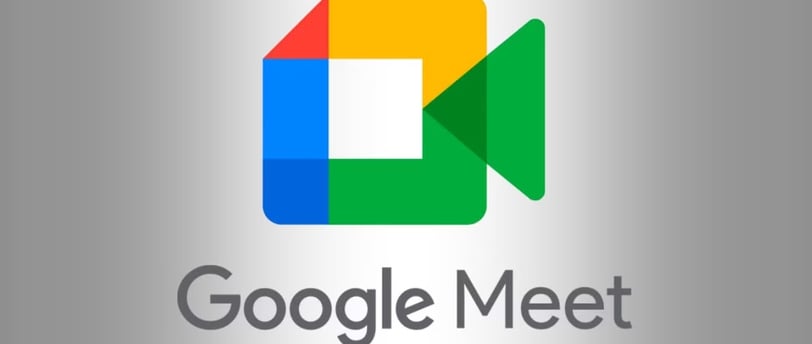Google Meet now translates conversations in real time with your original voice and tone
Google Meet now offers real-time translation while keeping your original voice and tone. Discover how this new feature transforms online meetings.
INTERNET AND SOCIAL MEDIA
Team Spark Tech
5/23/20252 min read


Google Meet launches real-time translation with original voice and tone
Google has announced a major innovation for its video conferencing platform. Google Meet now offers real-time voice translation while preserving users' original voice and tone. This update marks a significant step in digital communication by breaking language barriers more naturally and effectively.
According to Google, this feature is powered by advances in generative AI and deep learning models. It enables users from different languages to participate in meetings without losing speech nuances like tone, pace, and emotion, making conversations feel much more like in-person interactions.
How does the new translation feature work?
This feature combines speech recognition, automatic translation, and AI-powered voice cloning. When a participant speaks, the audio is processed and translated almost instantly into the listener’s preferred language. The key innovation is the system’s ability to replicate the speaker’s original voice, maintaining natural vocal characteristics such as:
Tone
Intonation
Speech speed
Emotional expressions
Unlike traditional robotic voices in translations, listeners will hear a faithful version of the speaker’s voice — just in their own language.
Supported languages
Initially, Google Meet supports real-time translation for:
English
Spanish
French
German
Portuguese
Japanese
Mandarin
Google plans to expand the feature to include more languages soon.
Who can use it?
This feature is currently available for:
Google Workspace Enterprise Plus users
Google Workspace for Education Plus customers
Selected business accounts in Google’s early access program
A wider rollout is planned for individual users and small businesses in the coming months.
Why is this technology important?
Real-time translation with voice preservation enhances accessibility and inclusivity. It benefits:
International education: Students from different countries can fully engage in classes.
Global business meetings: Reduces the need for human interpreters.
Online events: Expands reach to multilingual audiences.
Social inclusion: Enables smoother communication among speakers of different languages.
The technology behind it
Google uses a combination of:
Generative AI models
Neural Text-to-Speech (TTS) systems
Custom voice modeling with deep learning
Neural Machine Translation (NMT)
These technologies work together to recognize speech, translate it instantly, and synthesize the speaker’s voice in the target language.
Privacy and security
Google assures that all voice data is processed securely. Conversations are not stored, and voice data is used only for real-time processing, ensuring privacy compliance.
How to enable voice translation in Google Meet?
During a meeting, click the three dots at the bottom right.
Go to Settings.
Select Captions and Translation.
Choose the target language.
Enable Preserve original voice in translation if available.
Market impact
Experts believe this feature could disrupt the professional translation and interpretation market and pressure competitors like Zoom, Microsoft Teams, and Skype to develop similar solutions.
What’s next?
Future updates may include:
More supported languages
Improved voice quality
Lower latency in translations
Integration with other Google products like YouTube, Google Chat, and Android
Conclusion
Google Meet’s real-time translation with voice preservation is a leap forward in global communication. It breaks down language barriers while keeping conversations natural, emotional, and personalized.
Main Source: Google Workspace Updates
Read More...
Photo by Google
News
Stay up to date with the latest technological news, Science, Internet, Social Networks and Smartphones.
© 2025. All rights reserved.
